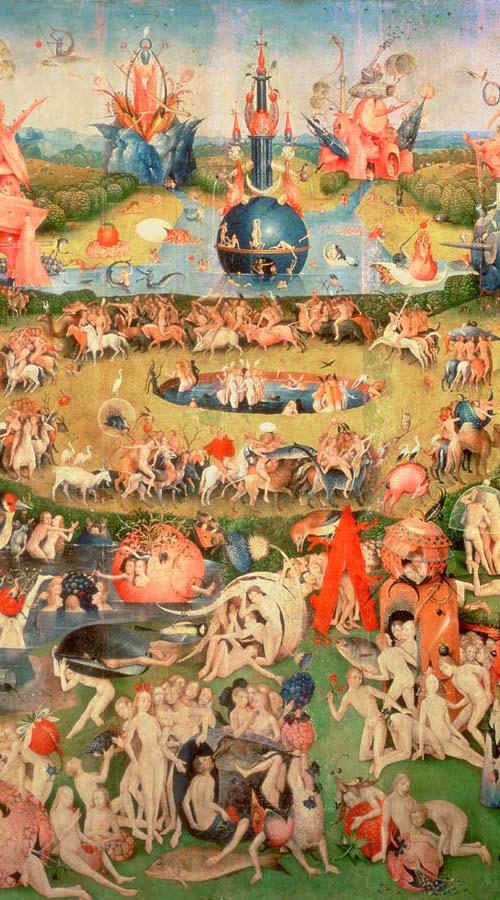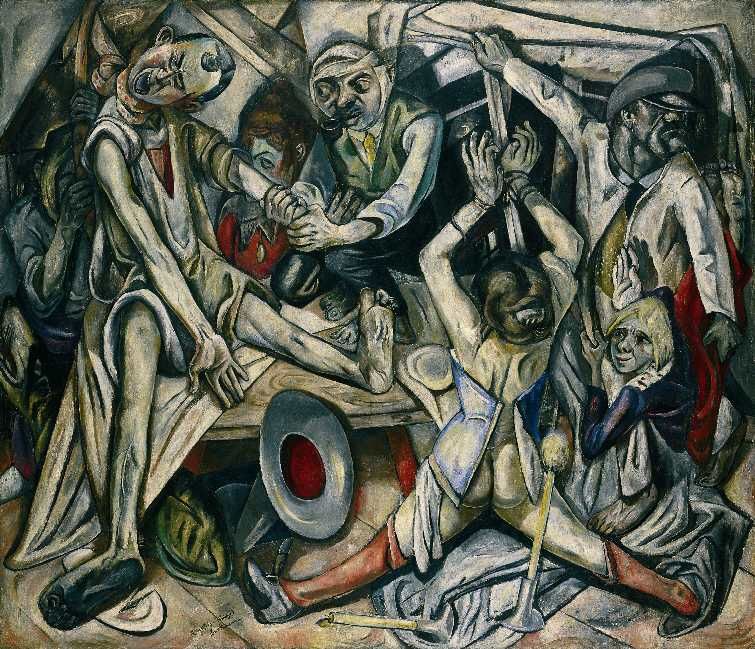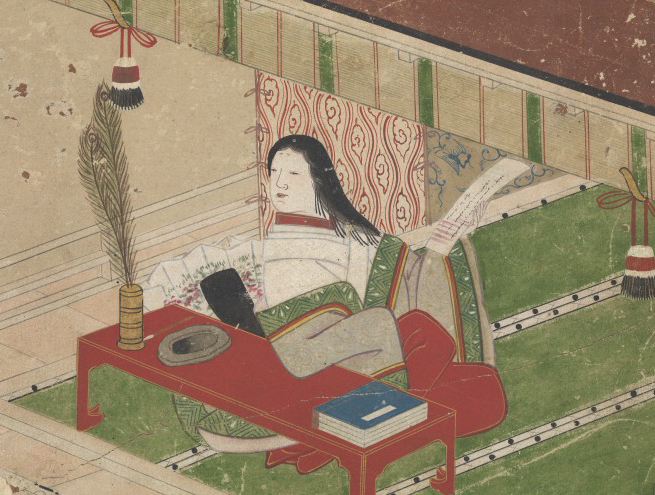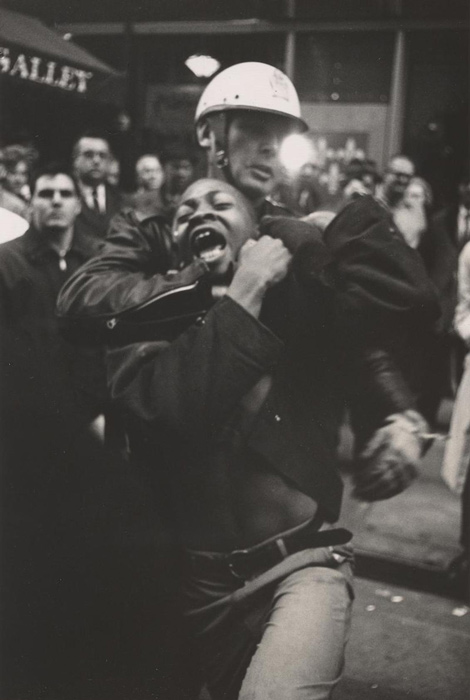Hiëronymus Bosch
June 01, 2013
was Senior Editor, Arts & Culture, Encyclopædia Britannica until 2016.
She also edited Merriam-Webster’s Encyclopedia of Literature.


Hiëronymus Bosch, also spelled Jheronimus Bos, pseudonym of Jeroen van Aiken, Aeken also spelled Aquen or Aken, also called Jeroen Anthoniszoon, (born c. 1450, ’s-Hertogenbosch, Brabant [now in the Netherlands]—buried August 9, 1516, ’s-Hertogenbosch), brilliant and original northern European painter whose work reveals an unusual iconography of a complex and individual style. He was recognized as a highly imaginative “creator of devils” and a powerful inventor of seeming nonsense full of satirical and moralizing meaning.
Works attributed to his youthful period show an awkwardness in drawing and composition and brushwork somewhat limited in its scope. Such paintings as The Cure of Folly, Crucifixion, The Adoration of the Magi, The Seven Deadly Sins, The Marriage at Cana, Ecce Homo, and The Conjurer are representative of that period. The presence of certain motifs, expanded in the more-sophisticated works of the artist’s middle period, and a limited technique, unsure yet bold, provide a beginning from which to view Bosch’s artistic origins. Between the first painting in that early group, The Cure of Folly, and the last, The Conjurer, a steady development can be seen. The iconography of the latter is more complex, and the characteristic themes that received their fullest expression in the great masterpieces of his late period have begun to emerge.
In those early paintings Bosch had begun to depict humanity’s vulnerability to the temptation of evil, the deceptive allure of sin, and the obsessive attraction of lust, heresy, and obscenity. In calm and prosaic settings, groups of people exemplify the credulity, ignorance, and absurdities of the human race. However, the imagery of the early works is still relatively conventional, with only an occasional intrusion of the bizarre in the form of a lurking demon or a strangely dressed magician.
To Bosch’s fruitful middle period belong the great panoramic triptychs such as the Haywain, The Temptation of St. Anthony, and The Garden of Earthly Delights. His figures are graceful and his colours subtle and sure, and all is in motion in those ambitious and extremely complex works. The paintings are marked by an eruption of fantasy, expressed in monstrous apocalyptic scenes of chaos and nightmare that are contrasted and juxtaposed with idyllic portrayals of humankind in the age of innocence. During this period Bosch elaborated on his early ideas, and the few paintings that survive establish the evolution of his thought. Bosch’s disconcerting mixture of fantasy and reality is further developed in the Haywain, the outside wings, or cover panels, of which recall the scenes of The Seven Deadly Sins. The cursive style that he worked out for the triptych resembles that of watercolour. In the central panel, a rendition of the Flemish proverb “The world is a haystack from which each takes what he can,” Bosch shows the trickery of the demon who guides the procession of people from the earthly paradise depicted on the left wing to the horrors of hell shown on the right one.
Bosch’s The Temptation of St. Anthony displays his ascent to stylistic maturity. The brushstrokes are sharper and terser, with much more command than before. The composition becomes more fluid, and space is regulated by the incidents and creatures that the viewer’s attention is focused on. His mastery of fine brush-point calligraphy, permitting subtle nuances of contour and movement, is fully evident. Bosch portrays the human struggle against temptation, as well as the omnipresence of the Devil, in his St. Anthony, one of the best keys to the artist’s personal iconography. The hermit saint in this work is cast as the heroic symbol of humankind. In the central panel St. Anthony is beset by an array of grotesque demons, their horrible bodies being brilliantly visualized amalgamations of human, animal, vegetable, and inanimate parts. In the background is a hellish, fantastically bizarre landscape painted with the most exquisite detail. Bosch’s development of the theme of the charlatan deceiving humans and taking away their salvation receives its fullest exposition in St. Anthony, with its condemnation of heresy and the seductions of false doctrines.
The Garden of Earthly Delights, representative of Bosch at his mature best, shows the earthly paradise with the creation of woman, the first temptation, and the Fall. The painting’s beautiful and unsettling images of sensuality and of the dreams that afflict the people who live in a pleasure-seeking world express Bosch’s iconographic originality with tremendous force. The chief characteristic of this work is perhaps its dreamlike quality; multitudes of nude human figures, giant birds, and horses cavort and frolic in a delightfully implausible, otherworldly landscape, and all the elements come together to produce a perfect, harmonious whole.
Bosch’s late works are fundamentally different. The scale changes radically, and, instead of meadows or hellish landscapes inhabited by hundreds of tiny beings, he painted densely compacted groups of half-length figures pressed tight against the picture plane. In those dramatic close-ups, of which The Crowning with Thorns and Christ Carrying the Cross are representative, the event is portrayed so near that the spectator seems to participate in it physically as well as psychologically. The most peaceful and untroubled of Bosch’s mature works depict various saints in contemplation or repose. Among those works are St. John the Evangelist on Patmos and St. Jerome in Prayer.
Bosch’s preoccupation in much of his work with the evils of the world did not preclude his vision of a world full of beauty. His adeptness at handling colour harmonies and at creating deeply felt works of the imagination is readily apparent. Though a spate of imitators tried to appropriate his visual style, its uniqueness prevented his having any real followers.
State
New Objectivity Artists Exposed the Decadence and Hypocrisy of German Society
Many German artists entered World War I enthusiastically, believing it would bring about positive social change...
Read more...
Body
Ana Mendieta
(1948–1985)
It’s commonplace to note when exhibitions offer a timely opportunity to reconsider an artist’s work, but in Ana Mendieta’s case such observations are as disturbing as they are apt.
Read more...
Body
The beauty of human decomposition
According to the Wellcome Collection, Kusozu: the death of a noble lady and the decay of her body was painted some time in the 18th century…
Read more...
State
Art in Review;
Danny Lyon
Biking looms large in the photographs of Danny Lyon a photo-documentarian, writer and filmmaker whose close-up-and personal shots of his fellow…
Read more...


